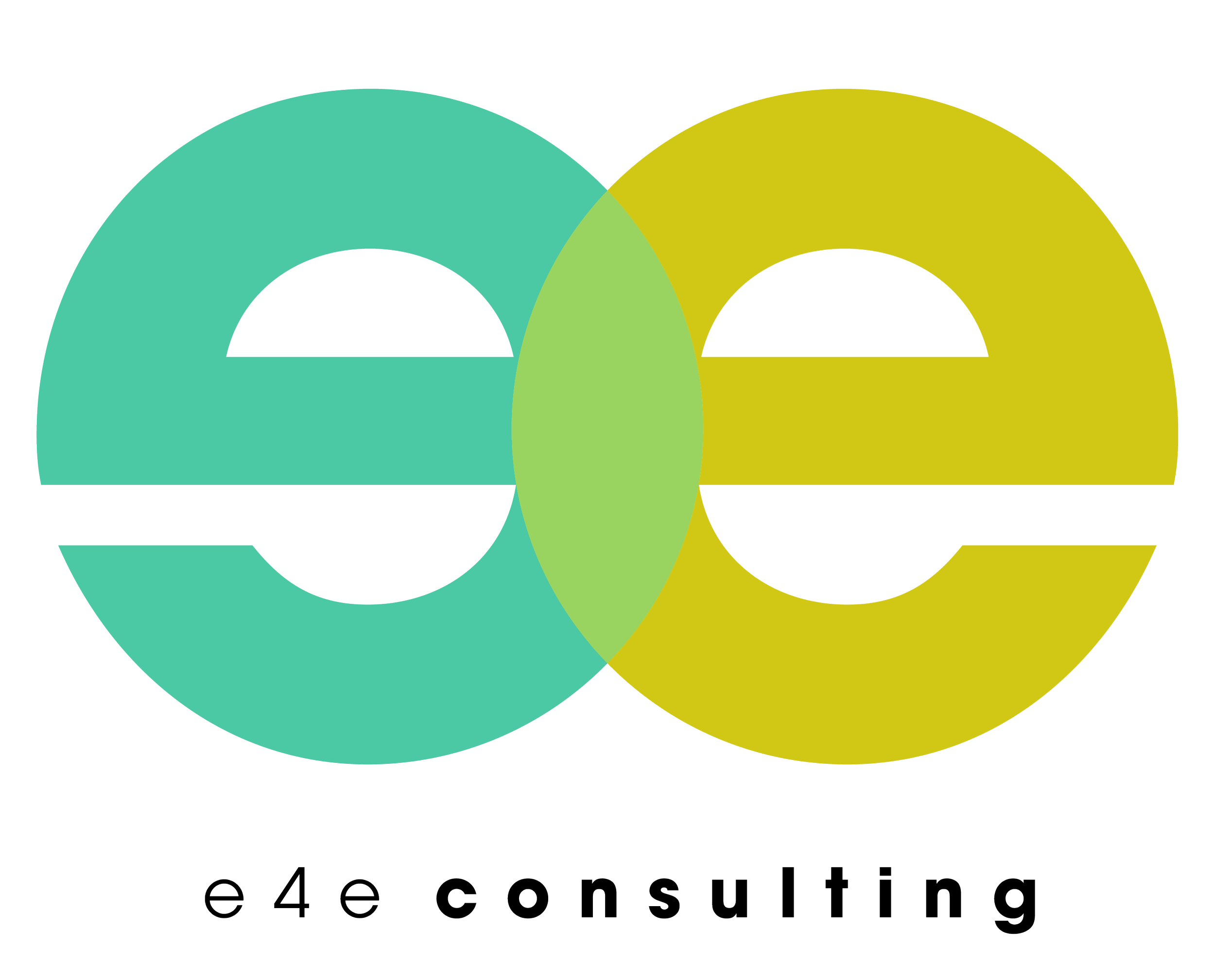How to Engage Marginalized Youth in Your Program
Engaging marginalized youth in community programs requires creating safe, inclusive, and empowering spaces where young people feel valued and heard. Here are some best practices:
Culturally Relevant Programming: Tailor programs to reflect the cultural, social, and economic realities of the youth you serve. This includes designing activities that honor their cultural backgrounds, languages, and lived experiences.
Youth-Led Initiatives: Empower young people to take ownership of projects and programs. Youth should have leadership roles where they can plan, execute, and evaluate initiatives. This helps them feel more invested and fosters a sense of belonging.
Build Trusting Relationships: Many marginalized youth face trauma and distrust institutions. Focus on building trust through consistent, supportive relationships with staff, mentors, and peers. This might involve mentorship programs, one-on-one check-ins, or creating peer support groups.
Remove Barriers to Participation: Ensure that marginalized youth can access programs by addressing barriers such as transportation, scheduling, and costs. Offer free programs, flexible hours, and provide transportation when possible.
Create Safe Spaces: Marginalized youth often need safe spaces where they can express themselves without fear of judgment or discrimination. Foster an environment of respect, inclusion, and safety by training staff on trauma-informed care, anti-bias practices, and cultural humility.
Continuous Feedback and Adaptation: Engage youth in the design, implementation, and evaluation of programs. Regularly seek their input on what’s working and what needs to change, and be prepared to adapt programs based on their feedback.
By centering marginalized youth in the decision-making process and creating environments that are responsive to their needs, community-based organizations can increase engagement and create programs that genuinely support their development.
